From living a life of luxury to great poverty, the case of Margaret Clement,“The Lady of the Swamp,” is one of Australia’s greatest mysteries. For years, Margaret lived a lonely existence in a derelict Victorian mansion before one day, she inexplicably disappeared.
Margaret’s father, Peter Scott Clement, had been a director and a large shareholder in the Victorian gold mining company responsible for the Long Tunnel mine at Walhalla. The dividends proved to be extremely lucrative and Peter was able to send his daughters to expensive private schools in Melbourne and provide for them the very best that life had to offer. The girls would be chauffeured to and from lavish shopping trips and would wear the most expensive clothes and go on the most extravagant trips. Peter purchased Tullaree, a homestead and mansion on the Lower Tarwin River in Gippsland which was surrounded by paddock which he stocked with sheep and cattle. He turned the pastures into some of the best grazing land in Gippsland. He also decorated the rooms to an outstanding degree and had the gardens landscaped impeccably. The purpose of Tullaree was to ensure the financial futures of his two unmarried daughters, Margaret and Jeannie.
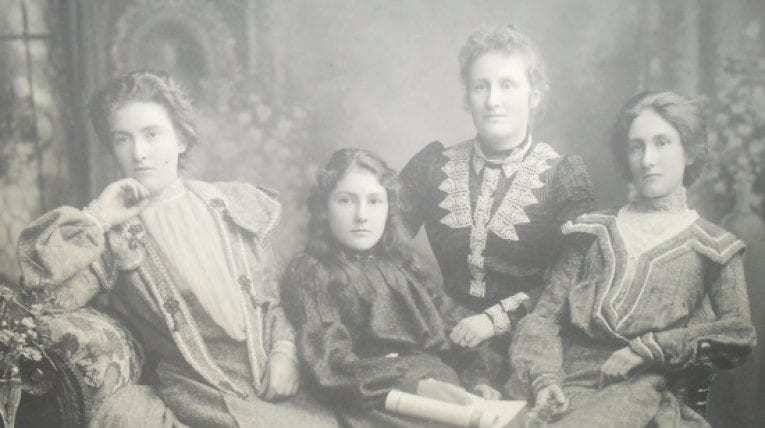
After Peter died during World War I, he left the homestead to Margaret and Jeannie as well as a hefty sum of money which Margaret and Jeannie used to travel around Europe. They eventually settled down back at Tullaree but were ill-equipped in running the property. They decided on hiring a manager but the ones they hired were all either incompetent or dishonest so settled on making best with what they had. Soon, the mansion fell to disrepair. Weeds started to grow around the once-lavish house and swamps started to surround it when drainage channels became blocked by silt and debris. The swamp created a damp atmosphere and the floorboards and furniture gradually rotted. The majority of the window panes inside the home had been broken and there was a constant cold chill in the air. Their once luxurious clothes were now replaced with tattered old clothes and the sisters shared the home with a plethora of vermin. After selling all of the livestock, the sisters lost their only source of income and they soon started to mortgage off portions of the property; now in their 30s, the former socialites owed thousands of dollars to banks and other lenders. They withdrew contact with the outside world and lived a life of seclusion in their run-down and derelict swamp but this swamp they knew like the back of their hand.
When Jeannie’s health deteriorated and she eventually became an invalid, it was Margaret who had to fetch the meagre food supply each week. She hiked the 12km to Buffalo once a week and carried home supplies in a large sugar bag on her back. At times, Margaret would trudge through the swamp to her nearest neighbour, Bernard Buckley, and order some tinned meat and soup.1 Jeannie passed away in July of 1950; the swampland was so soggy and inhabitable that it look eight men to carry her coffin from the home. A local police officer tried to persuade Margaret to move out of the grim home but she refused. Following the death of her sister, Margaret became completely reclusive. All she had for company was her little dog, Dingo.
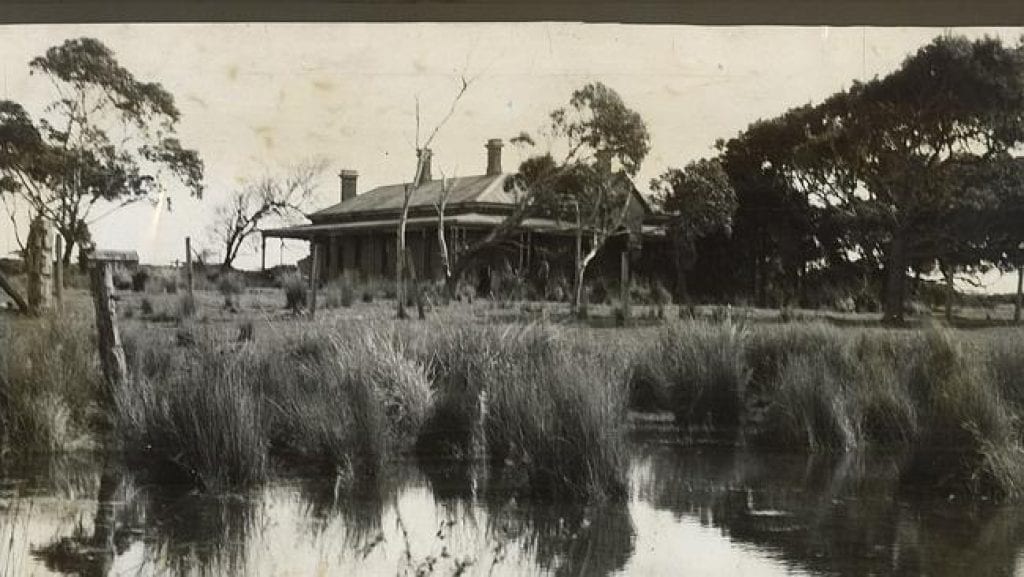
The following year, a Gippsland farmer, Stanley Livingstone, purchased some of the land that was attached to Tullaree. Stanley and his wife, Esmie Livingstone, built a shack on a portion of the land that wasn’t submerged by swampland. Stanley and Esmie gained Margaret’s trust and she sometimes joined them for meals in their home. On one odd incident, the couple drove Margaret to a bushfire and as Margaret and Esmie were sitting in the car as Stanley fought it, two strangers approached Margaret and ordered her to get out of the car. When Stanley appeared, the men ran away. At around the same time, Margaret had agreed to transfer the property to the Livingstones under the condition that they build her a cottage to live in while they restored the shoddy homestead. They had planned on reclaiming the once rich pastured from the swamp and restore Tullaree to its former glory. However, it was never meant to be: in May of 1952, Margaret disappeared.
On the morning of the 21st of May, 1952, the Livingstones had called at Tullaree but received no answer from Margaret. Stanley allegedly immediately became concerned; the night before, his dogs had been barking but when he went to investigate, he found nobody around. Stanley contacted police and a search for Margaret ensued. The initial theory was that Margaret, who was now 72-years-old, had wandered into the swamps and drowned. Locals scoffed at this theory; despite her age, Margaret knew the swamp like the back of her hand. Nevertheless, police conducted a search of the swamp and dragged the deeper parts with grappling hooks. This pleased the Livingstones who had worried that police were going to drain the swamp.2 Rumours soon swirled around the town as to what could have happened to Margaret. The mystery deepened when several locals came forward to tell police that shortly before Margaret’s disappearance, a group of unknown men appeared in a big black car and asked how to find the “swamp lady.”
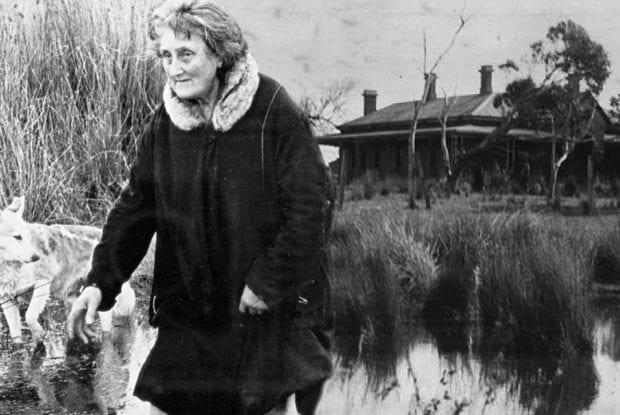
Another theory – and arguably the most plausible – was that she was killed by Stanley Livingstone. Police had long believed that Margaret was murdered by him but never had enough evidence to lay charges. In 1993, as police were preparing to make one final appeal to Esmie, she died in a Morwell nursing home. Detectives said they had believed that Esmie knew information about the murder but if so, she tragically took that information to the grave with her. Detective Senior Sergeant Bill Townsend, the police officer in charge of the murder investigation, said that the death of Esmie meant that the case will most likely never be solved. “I believe that she has taken the secret to the grave with her,”3
According to Detective Townsend, he had interviewed Esmie in 1978 and believed that Stanley had killed Margaret and that Esmie was too afraid to speak. “I’d like to help but I’m too frightened,” she told him. Stanley died from a heart attack the year earlier which prompted them to attempt to re-question Esmie. “Everything seemed to point to him as the killer,” said Detective Townsend. Moreover, Esmie had allegedly told several friends throughout the years that her husband was responsible for the murder of Margaret. One friend, Jean Lesley Sharp, told police that Esmie confessed to her that Stanley had forced Margaret to sign documents at gunpoint before he organised her to be killed. According to Jean, Stanley then paid two Melbourne men, known only as Bradley and Bradshaw, to kill Margaret.
In November of 1978, the remains of a woman were discovered in the sand dunes at Venus Bay. However, they could never be positively identified as Margaret. Did Margaret fall into the swamp? Was she murdered by strangers looking for something to steal at Tullaree? Or quite simply, was she murdered by her neighbour who wanted to – and eventually did – take over Tullaree? The fate of Margaret Clement still remains a mystery and has baffled experts and internet sleuths alike. It was the mysterious end to the sad tale of the decline of two blessed young women who ended their years living in seclusion in their eerie derelict homestead and swamp.
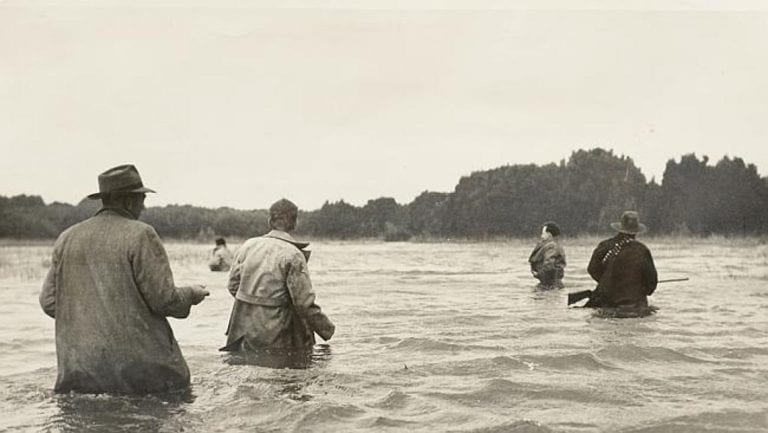

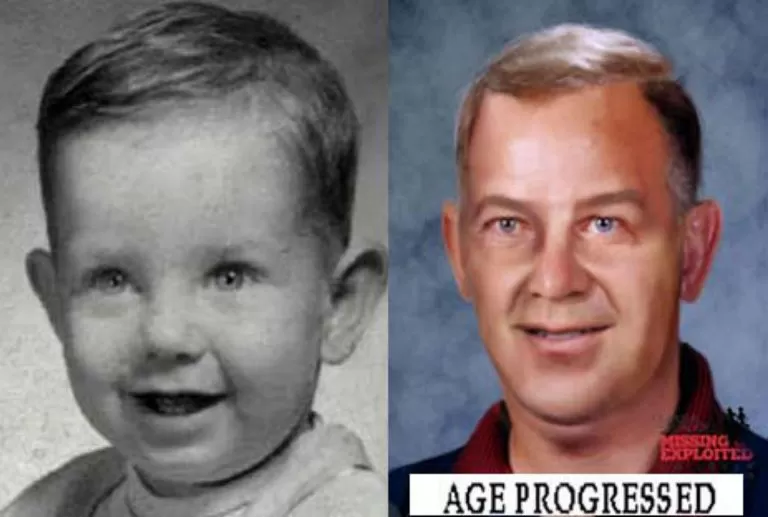



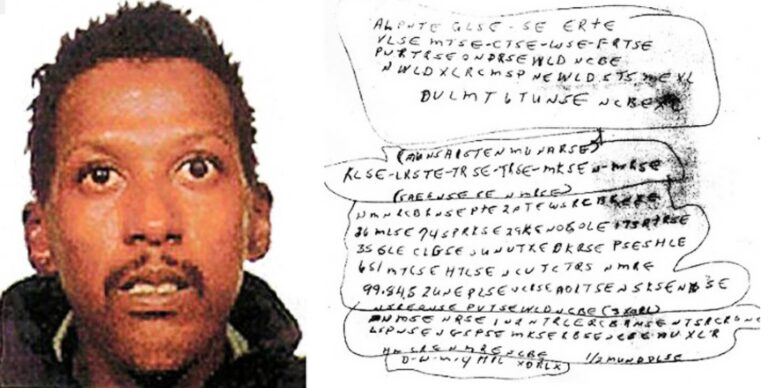
Comments:
Does it matter if she knew the swamp like the back of her hand? They should have drained it anyway because what if she had a fall or a heart attack and fell into the swamp? That seems unprofessional.
What a waste to become rich, but teach your kids only how to spend those riches.